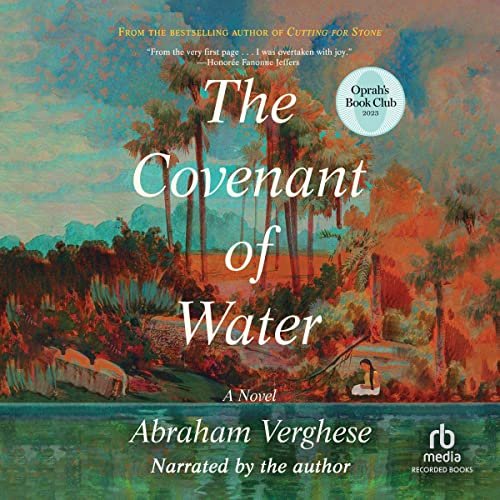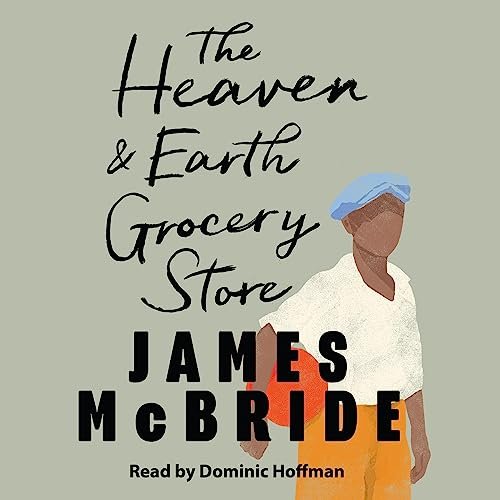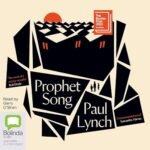The Covenant of Water by Abraham Verghese is a seven-decade epic that delicately weaves the lives of a Christian family in Kerala, India.
Set against the backdrop of Kerala’s unification into the state that it is now, the story dives into the complexity of the family’s members, their problems, and a strange genetic ailment that dictates their fate.
At the core of the narrative is a young girl known as Ammachi or “little mother” who is married off at the age of twelve to a widower with a small kid. This figure becomes important to the unfolding narrative, her existence closely linked with Parambil’s large estate and the family she joins. This family suffers from a mystery illness – a proclivity for drowning in every generation – which creates a disturbing and menacing presence throughout the story.

The novel’s narrative structure is analogous to the environment it depicts: a maze of interwoven tales and character biographies that resemble Kerala’s complicated waterways. The narrative spans the years 1900 to 1977, portraying not just the family’s history but also India’s wider historical and cultural developments. Characters such as Digby Kilgour, a Glasgow physician, and Rune Orqvist, a Swedish doctor, lend dimension to the story by providing viewpoints from beyond the family and area.
The book is more than 700 pages lengthy and offers a rich tapestry of South Indian history, the Saint Thomas Christians of Kerala, and different areas of culture, art, medicine, and language. Verghese’s expertise as a physician shines through in his comprehensive and passionate explanations of medical procedures, which comprise a substantial portion of the book. These situations are described in such depth that the reader feels nearly prepared to do the surgery themselves.
The tale revolves around the family’s genetic illness, an autosomal dominantly inherited sickness that causes difficulties swimming and a proclivity to drown. Instances of this illness, involving symptoms such as impaired balance and hearing, problems with water, and dizziness, have been documented throughout history. The book’s scientific foundation is highlighted by a geneticist, who links it to acoustic neuromas (benign tumors) in the acoustic nerves of the inner ears. The syndrome, formerly known as neurofibromatosis type 2 before being renamed vestibular schwannomatosis, is a rare hereditary ailment that affects balance and hearing.
The book also delves into the larger consequences of this sickness, with Mariamma, a heroine pushed by the family curse to become a doctor, finally uncovering the genetic root of their ailment. Her trip exemplifies the novel’s underlying theme: the interconnectivity of life, destiny, and the unbreakable link of family and DNA.
Verghese’s literary style, while elaborate and genuinely moving, occasionally veers towards sentimentality, with people being presented as virtuous and nearly saintly. There is a whiff of magical realism, but Verghese prefers to revert to scientific explanations, rooting the tale in reality. His brilliance as a writer is clear in the development of a universe that is both deep and believable, engaging with readers long after they finish the novel.
In essence, “The Covenant of Water” is a broad narrative that covers the history, culture, and intricacies of life in Kerala, rather than merely a story about a family’s battle with a genetic ailment. It’s a riveting book because of the combination of medical intrigue, historical depth, and excellent writing.
Sources: Kirkus Reviews, Washington Examiner, DNA Science (blog)









